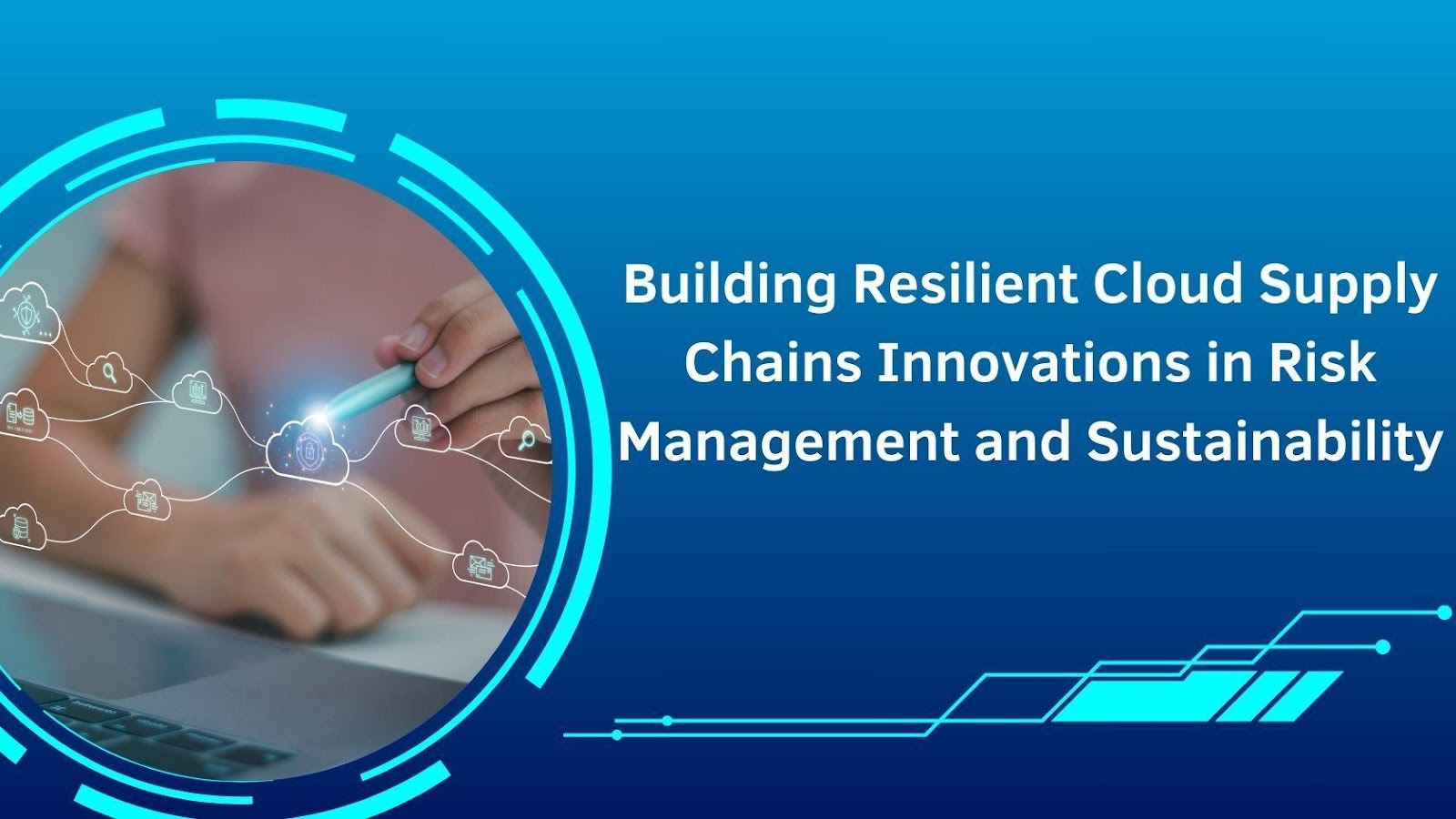In the modern digital era, cloud infrastructure serves as the backbone of global digital services, supporting everything from enterprise applications to AI-driven analytics. However, the supply chain that powers cloud computing is increasingly susceptible to disruptions—ranging from geopolitical tensions to semiconductor shortages and cyber threats. In her research, Natasha Mohan explores the evolving strategies for enhancing resilience within cloud infrastructure supply chains. This article delves into key innovations in multi-source manufacturing, advanced risk assessment, and sustainable supply chain operations, shedding light on how organizations can fortify their cloud ecosystems against emerging vulnerabilities.
Multi-Sourcing: Strengthening Component Supply Chains
Relying on single-source suppliers for critical electronic components presents major risks. Advanced multi-sourcing strategies, which qualify multiple vendors for key components, have cut supply disruptions by 35%. By diversifying suppliers, companies improve operational continuity amid market fluctuations and geopolitical challenges. This approach enhances resilience, reduces dependency, and ensures a stable component supply, even during crises. As supply chains face increasing uncertainty, adopting multi-sourcing strategies is crucial for sustaining production and mitigating potential disruptions in the global electronics industry.
Intelligent Inventory Management for Stability
With semiconductor lead times exceeding 40 weeks, organizations must implement intelligent inventory management to maintain stability. Machine learning-driven optimization models dynamically adjust stock levels based on real-time demand patterns and supply chain risks. These systems enhance resilience by balancing buffer inventory, preventing shortages while minimizing excess stock. By leveraging predictive analytics, businesses can anticipate disruptions and proactively adapt procurement strategies. This approach has led to a 25% reduction in surplus inventory while sustaining service levels above 98%, ensuring the steady availability of critical hardware components. Advanced inventory intelligence is key to navigating prolonged supply constraints with efficiency and reliability.
Geographic Risk Mitigation Strategies
Geopolitical instability, natural disasters, and logistical constraints make regional risk management crucial. Organizations are increasingly leveraging data analytics to assess regional risks, ensuring their supply networks remain adaptive. By strategically diversifying manufacturing locations across three or more regions, businesses have cut supply disruptions by 40%, maintaining product flow even during crises.
AI-Powered Demand Forecasting
AI-powered demand forecasting enhances precision for cloud infrastructure providers, improving prediction accuracy by 30%. By analyzing historical sales data, supplier performance, and market trends, these models optimize procurement strategies and minimize shortages. Advanced AI algorithms identify patterns and fluctuations, enabling proactive inventory management and reducing risks of overstock or understock. Companies leveraging these predictive insights gain a competitive edge, ensuring seamless operations and cost efficiency. AI-driven forecasting transforms supply chain resilience, improving adaptability to dynamic market conditions.
Manufacturing Resilience Through Automation
Automation has strengthened manufacturing resilience, particularly in PCBA production, by enhancing quality control and real-time monitoring. AI-powered defect detection systems achieve 99.9% accuracy, reducing quality-related issues by 60%. This ensures hardware meets strict reliability standards while minimizing delays. By streamlining supply chains, automated systems improve efficiency, detect defects early, and enhance production consistency. Organizations leveraging these technologies experience fewer disruptions, faster turnaround times, and improved overall manufacturing performance, reinforcing their competitive edge in the industry.
Sustainable Cloud Supply Chains
Environmental concerns are reshaping cloud supply chains, driving companies to adopt energy-efficient manufacturing, eco-friendly packaging, and carbon reduction strategies. These initiatives have led to a 30% decrease in environmental impact, aligning operations with global sustainability goals. By prioritizing green practices, businesses enhance efficiency while reducing their carbon footprint, ensuring a more sustainable and responsible supply chain ecosystem in the evolving cloud industry.
Cybersecurity in Supply Chain Operations
Securing cloud infrastructure supply chains requires robust cybersecurity measures. Organizations implementing advanced security protocols, including encrypted data exchanges and vendor security assessments, have achieved a 55% reduction in security-related incidents. As cyber threats evolve, continuous monitoring and compliance frameworks ensure the integrity of cloud supply chain networks.
In conclusion, as cloud technology continues to expand, resilient and adaptive supply chain strategies will be essential for sustaining growth and innovation. Natasha Mohan’s research highlights the critical role of multi-sourcing, AI-driven forecasting, and sustainable practices in shaping the future of cloud infrastructure. By embracing these advancements, organizations can effectively navigate supply chain complexities while maintaining operational efficiency and security in an increasingly dynamic digital landscape.



































